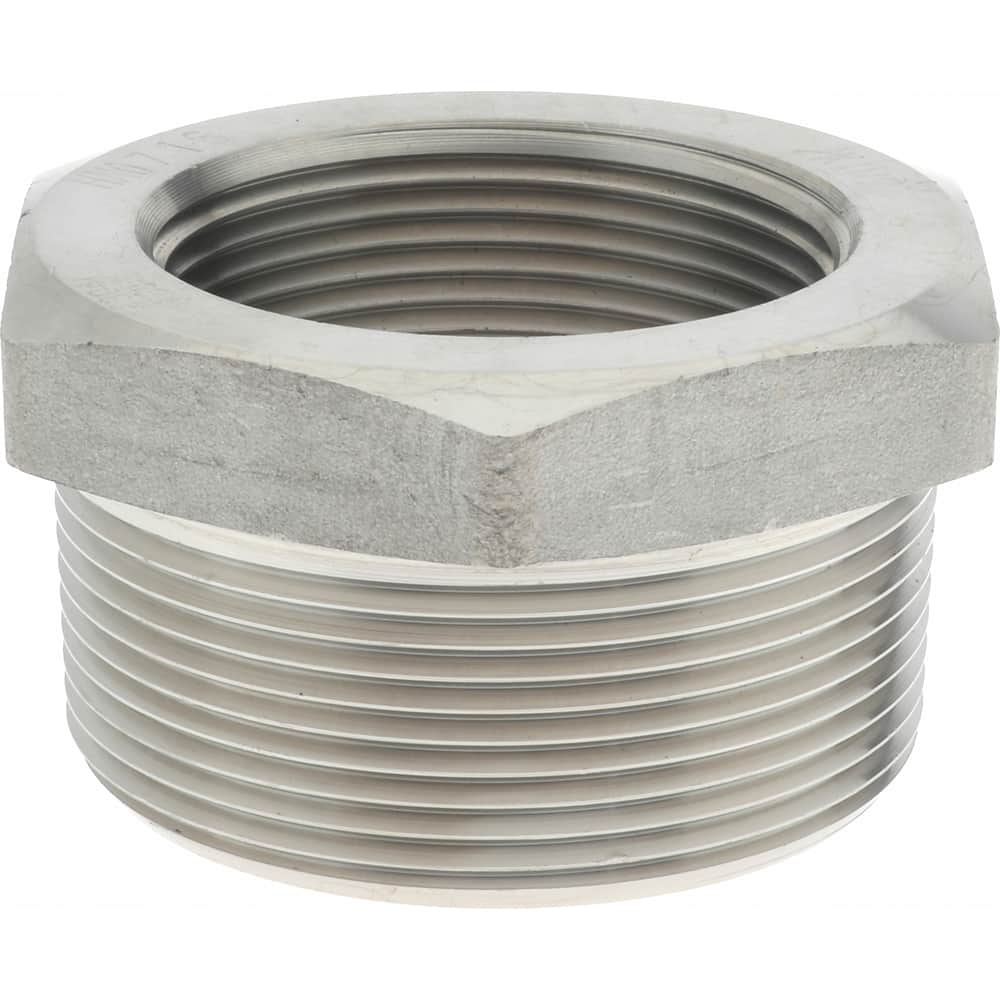

They vary in formability, strength, and machinability.

However, there are many grades of stainless stee l. Reference(s).Stainless steel is widely used due to its corrosion resistance. Consequently finished steel products are often offered to the market dual certified to both grade designations as they can then be used for fabrications specifying either grade, within a particular standard. The welding consumables for both types are based on a low carbon composition, to avoid intercrystalline corrosion risk in the solidified weld nugget or from the diffusion of carbon into the parent (surrounding) metal.ĭual-certification of low carbon composition steelsĬommercially produced steels, using current steelmaking methods, are often produced as the low carbon type as a matter of course due to the improved control in modern steelmaking. This may result in the standard carbon types needing more force to hold them in position once fitted-up for welding, with more of a tendency to spring-back if not properly held in place. The low carbon type may be easier to shape and form, which in turn may also affect the levels of residual stress left the steel after is forming and fitting up for welding. There does not seem to be a clear reason for this and the differences are probably associated with the lower strength of the low carbon type. There is a view that the low carbon types are easier to weld than the standard carbon types. If the carbon level is below 0.030% then this intercrystalline corrosion does not take place following exposure to these temperatures, especially for the sort of times normally experienced in the heat affected zone of welds in thick sections of steel. Corrosion then takes place next to grain boundaries. This can result if the steel is held in a temperature range 450 to 850☌ for periods of several minutes, depending on the temperature and subsequently exposed to aggressive corrosive environments.

The lower carbon variants (316 L) were established as alternatives to the standards (316) carbon range grade to overcome the risk of intercrystalline corrosion (weld decay), which was identified as a problem in the early days of the application of these steels. To further complicate mattters, there is also grade 1.4435 which is both high in Mo (2.5% minimum) and in Ni (12.5% minimum). There are also high Mo versions (2.5% minimum Ni) of 316 and 316 L in the EN system, 1.4436 and 1.4432 respectively. The European grades for the 316 and 316 L types, 1.4401 and 1.4404, match on all elements with carbon ranges of 0.07% maximum for 1.4401 and 0.030% maximum for 1.4404. This reduces the ferrite content of the steel and has found to be necessary for some chemical processes. 1.4306 is essentially a German grade and has 10% minimum Ni. The chromium and nickel ranges are similar, nickel for both grades having an 8% minimum. The 1.4307 is the variant most commonly offered, outside Germany.

There are two European steels of the 304 L type, 1.4306 and 1.4307. All other element ranges are essentially the same (nickel range for 304 is 8.00-10.50% and for 304 L 8.00-12.00%). The carbon ranges are 0.08% maximum for 304 and 316 and 0.030% maximum for the 304 L and 316 L types. As American Iron and Steel Institute (AISI) basic grades, the only practical difference between 304 / 316 and 304 L / 316 L is carbon content the means the lower carbon content.


 0 kommentar(er)
0 kommentar(er)
